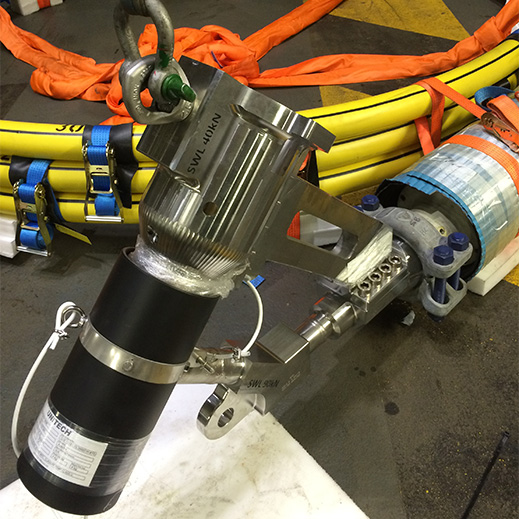
If there is a problem during start of the ABAP AS the errors are logged into the work process traces. The connection for the login user adm can be tested with the command R3trans -d In this case check the trans.log in the same directory, where the command is started.
#Critical ops check connection 0 windows
In case that the users are windows domain users, the domain name is included also to the user name (e.g. Usually the SAP OS user is the adm user or in Windows systems it can be also the service logon user SAPService. There is an error during the login of the SAP OS user (OPS$ user) into the Oracle database.
#Critical ops check connection 0 password
It could be also a problem during reading the password of SAP schema user from the table SAPUSER. It could be a problem with login of the OPS$ user (this is the OS user used to the database connection) or with the login of the SAP schema owner user (e.g. An issue belongs to this topic, if there is a problem during the OPS$ process. The OPS$ mechanism is used for the connection from the ABAP Application Server to the Oracle database server. In systemd-based systems, you will be prompted to run systemctl daemon-reload when you restart pdagent, since a restart is required in order for changes to the service configuration to take effect.This documentation contains solutions for the OPS$ connection related issues. Once you've made sure that the daemon is configured with appropriate environment variables, you will need to make sure the changes are applied, which may vary based on your system. You can find out which of these your system uses by running sudo stat /proc/1/exe, which will show you the executable associated with the PID=1 process.

Under Using a Proxy in the PagerDuty Agent Integration Guide, two ways of configuring the environment variables for the daemon are described: systemd-based versus SysV init-based Linux systems. In addition, if proxy settings are detected (for example, when a *_proxy environment variable like http_proxy is set), ProxyHandler is default installed and makes sure the requests are handled through the proxy. From the documentation on urllib2.urlopen: This is because the underlying Python library used to make the HTTPS connection is urllib2. The agent daemon requires access to environment variables in order to use a proxy and send events to PagerDuty. cleanup_threshold_secs: The age, in seconds, after which events will be deleted.cleanup_interval_secs: The interval between when the queue is cleaned.Both the interval and the age threshold are defined in the PagerDuty Agent configuration file, which should be located at /etc/nf: The default age threshold is one week, and the default cleaning interval is three hours. The queue of events to be sent contains a symbolic link to the files in tmp.Įvents are deleted from the outqueue directories at a regular interval once their age exceeds a predefined length, in seconds. If the event did not trigger an incident in PagerDuty, and you are having difficulty troubleshooting, please refer to Why Incidents Fail to Trigger.Įvent files submitted to the agent by external processes, such as integration scripts or pd-send, will be stored in here. If you see an event file cached here, it was sent to PagerDuty. Malformed events (i.e., missing an integration key) that cannot be submitted are kept here, too.





 0 kommentar(er)
0 kommentar(er)
